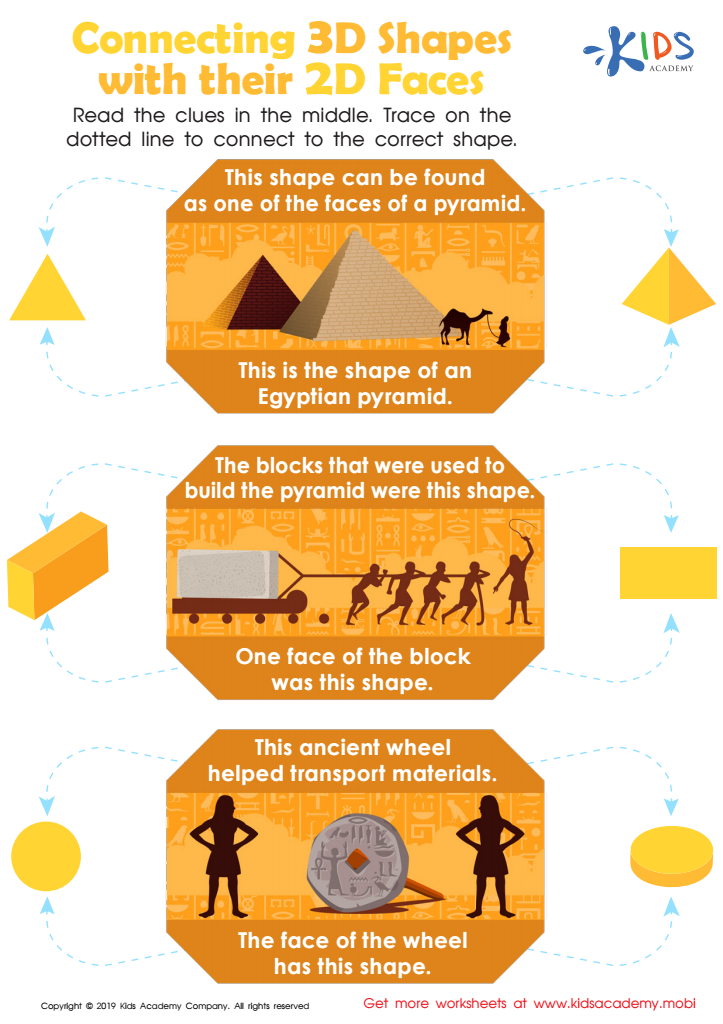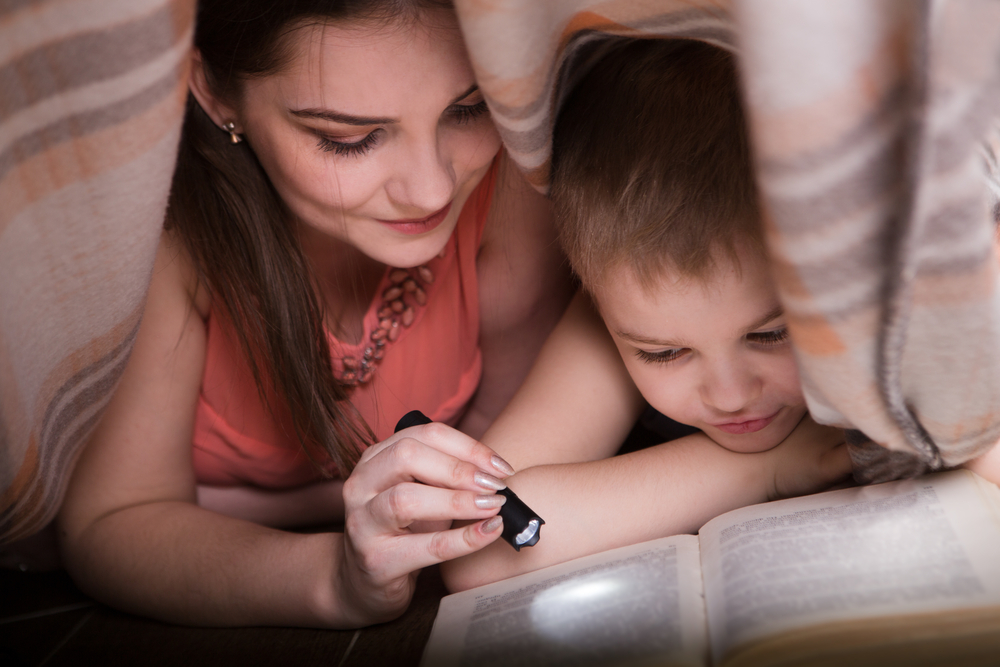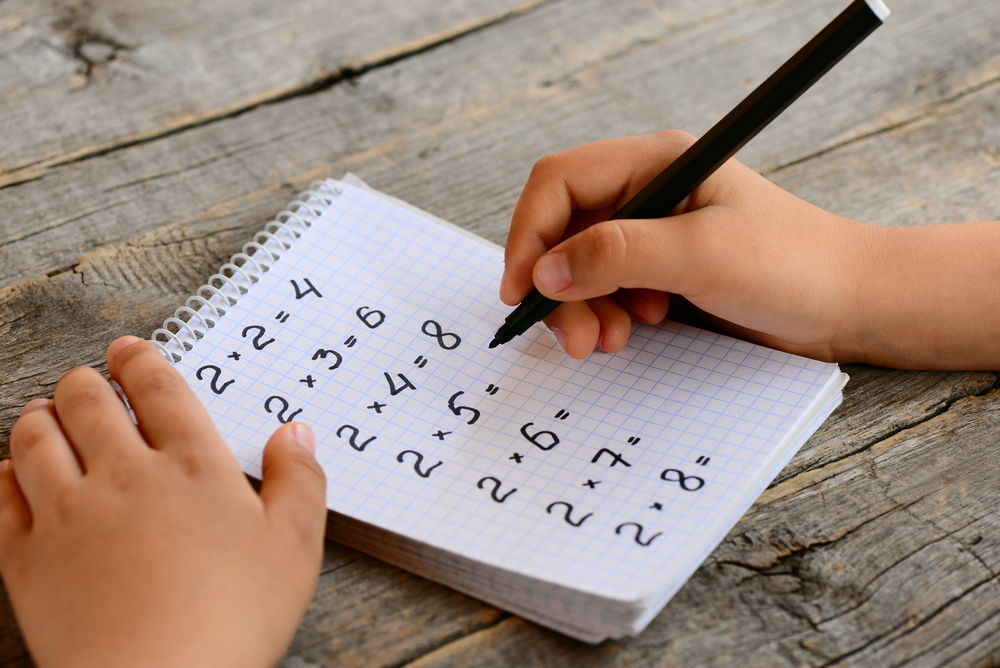Improving visual-spatial skills Worksheets for Kids
1 filtered results
-
From - To


Connecting 3D Shapes with Their 2d Faces Worksheet
Question/Answer
How to test a Grade 2 student’s Improving visual-spatial skills?
To test a Grade 2 student's improving visual-spatial skills, use tasks that require them to manipulate objects or solve puzzles. Examples include building block patterns from memory, completing simple jigsaw puzzles, drawing or tracing figures, navigating mazes, or using tangrams to form specific shapes. These activities assess their ability to understand, reason, and remember spatial relationships between objects.
How does the mastery of the Improving visual-spatial skill affect a student's performance at an early age?
Mastery of visual-spatial skills at an early age significantly enhances a student's ability to understand and interpret visual information, improving performance in subjects like mathematics, science, and art. It fosters better problem-solving, critical thinking, and the ability to visualize and manipulate objects, leading to improved academic outcomes and a stronger foundation for future learning.
What does the Improving visual-spatial skill mean when it comes to Grade 2 Geometry learning?
Improving visual-spatial skills in Grade 2 Geometry involves enhancing the ability of students to recognize, analyze, and manipulate shapes in both two and three dimensions. It includes activities such as drawing, building, sorting shapes, and visualizing geometric transformations, fostering better understanding and application of geometric concepts at an early age.

 Assign to the classroom
Assign to the classroom










